11 reasons to report on Disaster Risk Reduction
11 reasons to report on Disaster Risk Reduction
The media shape how the public perceives the risks posed by hazards; these perceptions in turn influence the set of strategies for the mitigation of future vulnerabilities in the form of taxes, opportunity costs, lifestyle changes, and more.
1. DRR saves lives
Media coverage is a powerful tool that helps alert, inform and educate the public on disasters and the importance of disaster risk reduction (DRR). Not only does the media play a critical role in disseminating life-saving early warnings, it also helps focus attention, set the agenda for public discussion, influence political decisions and change public attitudes.
Early Warnings For All Initiative scaled up into action on the ground
Early Warnings For All is a global initiative to ensure that everyone on Earth is protected by early warnings by 2027 is being fast-tracked into action on the ground. A recent record-breaking tropical cyclone in Southeast Africa once again shows the paramount importance of these services to save lives and livelihoods from increasingly extreme weather and climate events.
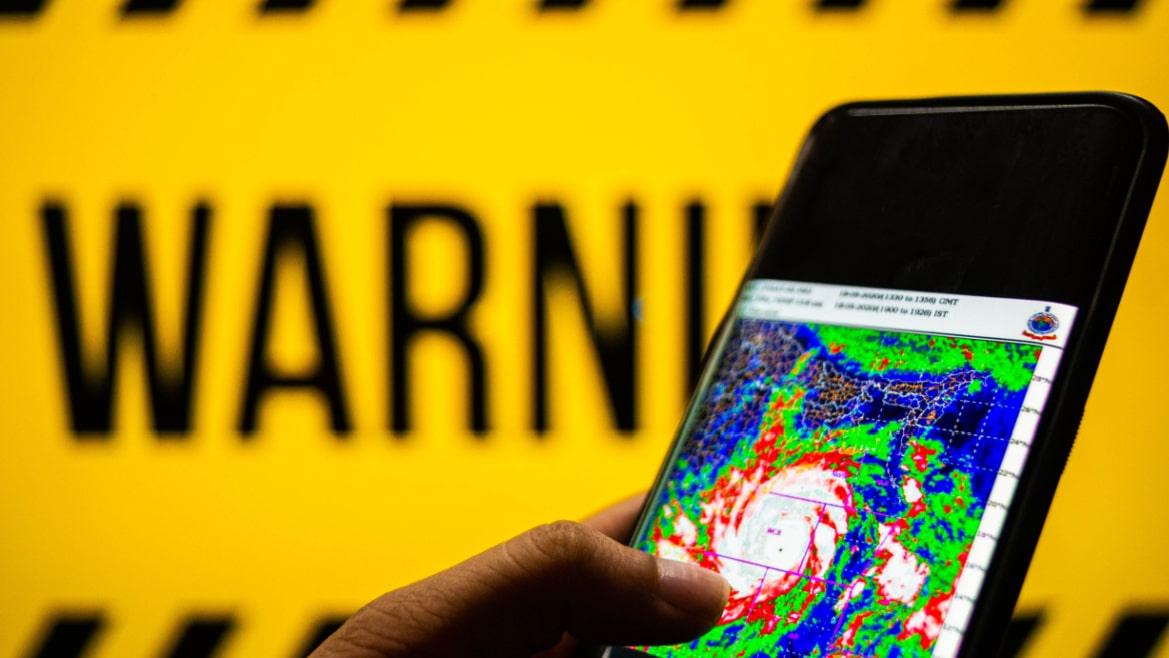
2. DRR is a political issue
As the frequency and intensity of disasters continue to rise, people demand that their governments take more preventive action and DRR becomes a more significant political issue. Climate change impacts, such as drought or recurring flooding, can trap people in a cycle of poverty and contribute to population displacement, further destabilizing fragile countries. This has been the case in Afghanistan, South Sudan, Syria and elsewhere in recent years. The increasing damage from disasters will also make the case for stronger governance and closer regional and international collaboration.
Is climate change good for insurgent groups?
Climate change is not just an environmental issue. It is a security problem too.
That connection is playing out in many countries, especially fragile states and war zones, where people are displaced or made jobless by climate-related disasters, then join militias, insurgencies or criminal organizations just to survive.
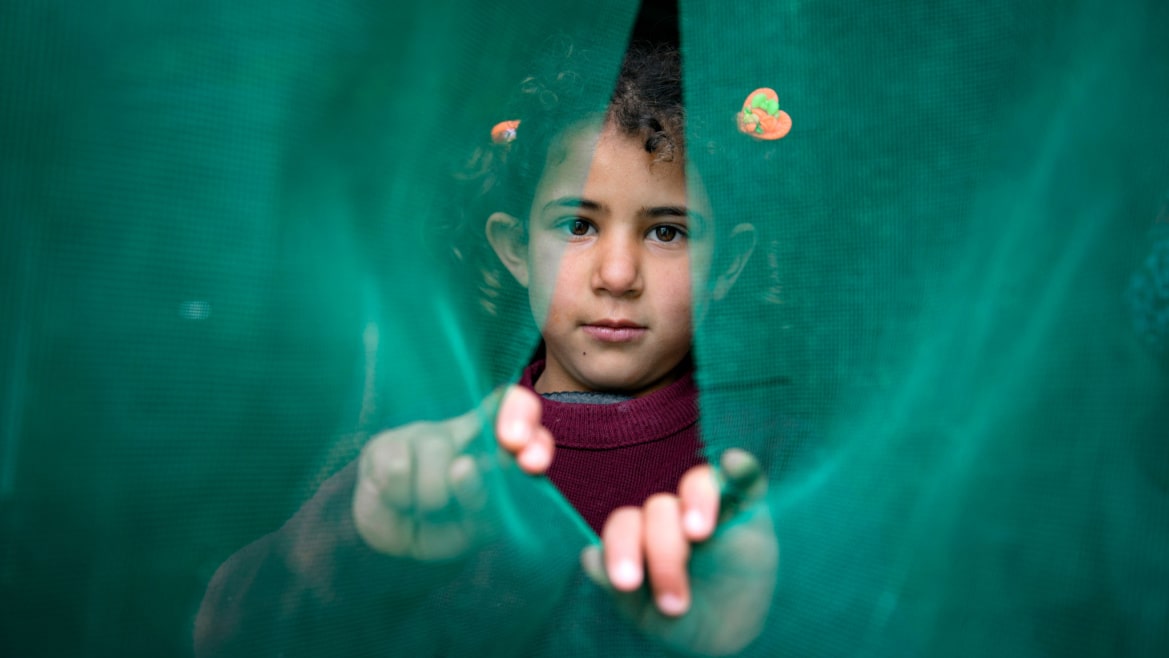
3. Natural hazards are on the rise and will continue to make news
As climate change, poverty, urban risks and environmental degradation expose more people to an entirely new scale of devastation, natural hazards remain a serious challenge.
Global disasters are coming harder and faster. Here’s how we can cut the risks
If the world seems beset by constant disasters, from the pandemic to drought, we only have ourselves to blame. Over the past two decades, human activity has caused up to 500 disasters per year. By 2030, this could rise to 560 a year, more than 10 disasters each week.
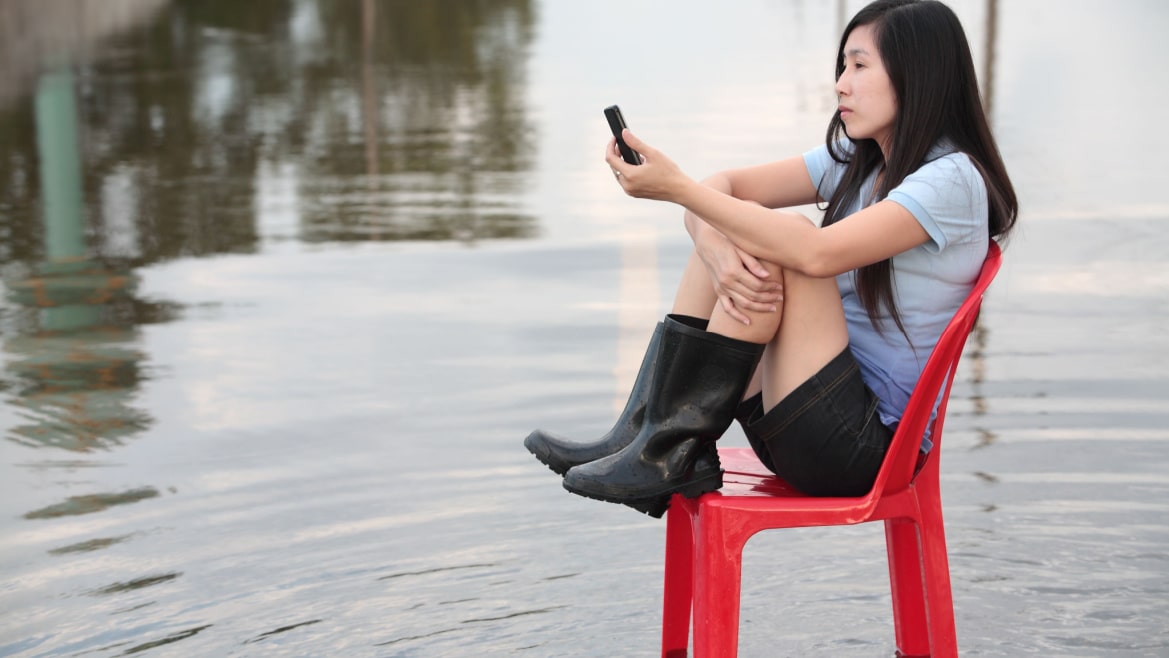
4. DRR is an economic issue
Disasters are becoming more expensive and they may also have long-term economic impacts in both developed and developing countries alike. In 2022, disasters caused damages worth about $270bn overall. But this is only the tip of the iceberg, as many disaster losses, direct or indirect, are not accounted for. Away from the macro data, disasters can devastate the jobs and livelihoods of survivors, often for years to come. Human stories can build strong narratives, helping to drive more action on DRR.
5. DRR is a human rights issue
Some humanitarian crises have implications for human rights. The weakest and the poorest in society are often the hardest hit and the last to receive the necessary support. Some extremist political agendas can use disasters to scapegoat and demonise affected groups.
On 28th July 2022, the UN General Assembly adopted a historic resolution, declaring access to a clean, healthy and sustainable environment, a universal human right. The resolution, calls upon States, international organisations, and business enterprises to scale up efforts to ensure a healthy environment for all.
6. DRR is an environmental issue
Climate change and global warming are making extreme weather events more intense, frequent, and unpredictable. When they ravage ecosystems and habitats that are already degraded, then these events can quickly cascade to impact multiple sectors of an economy or society. Most disasters have an environmental angle, whether that relates to cause and effect, or to the preventive steps that could have been taken.
7. DRR is a cultural issue
People have different perceptions of disasters and react in different ways. Some people ignore hazards and believe that disasters are unpreventable acts of God. But many societies seek to identify risk and prevent disaster.
Traditional knowledge enables many communities to adapt their buildings so that they better withstand earthquakes or flooding.
The December 2004 Indian Ocean tsunami killed some 230,000 people across Asia, but on Simeulue Island, just 40 km from the earthquake’s epicentre, just seven people died out of more than 80,000. Tsunami knowledge had been handed down from one generation to the next, enabling people to survive.
8. DRR is a gender issue
In poorer countries, disasters tend to affect women and children the most. Women are more vulnerable because - compared with men - they tend to occupy a subordinate position in the family, lack control over the means of production, and have less mobility, education, employment, and calorie intake. In 2008, Myanmar’s Cyclone Nargis killed twice as many women as men in the 18-60 age groups. Human stories about women leaders can make compelling stories, contributing to women’s empowerment.
Disasters hit women hardest, so why are humanitarian responses often so gender-blind?
The statistics are staggering: When disaster strikes, women and children are 14 times more likely than men to die. Of the 230,000 people who died in the 2004 Indian Ocean Tsunami, 70 percent were women.
So why don’t disaster responses better target the specific needs of women and children?
9. DRR is not only a disaster story
DRR stories do not just have to be about the disasters themselves. Journalists can also save lives by covering current risks and dangers, commemorations of past disasters, work to recover and reconstruct, or any other proactive measures such as education and traditional knowledge.
10. DRR is a health issue
Health systems must be resilient to provide immediate and long-term health care in the event of a disaster and to protect communities from natural and biological hazards. Nothing has ever shown this more graphically than the COVID-19 pandemic. The inclusion of DRR principles in the design and construction of new health facilities does not have to be expensive. In fact, it costs just 4 percent more to make a hospital disaster resilient and safe, a good investment if the hospital functions when it is needed most.
11. DRR is often an investigative story
Journalists do more than break the news. They can also hold their governments accountable, educate the public, and raise awareness of specific hazards. They can draw attention to vulnerability and exposure, and warn of potential disasters. Media can highlight bad governance, corruption, budgetary folly, and, of course, potential danger.
